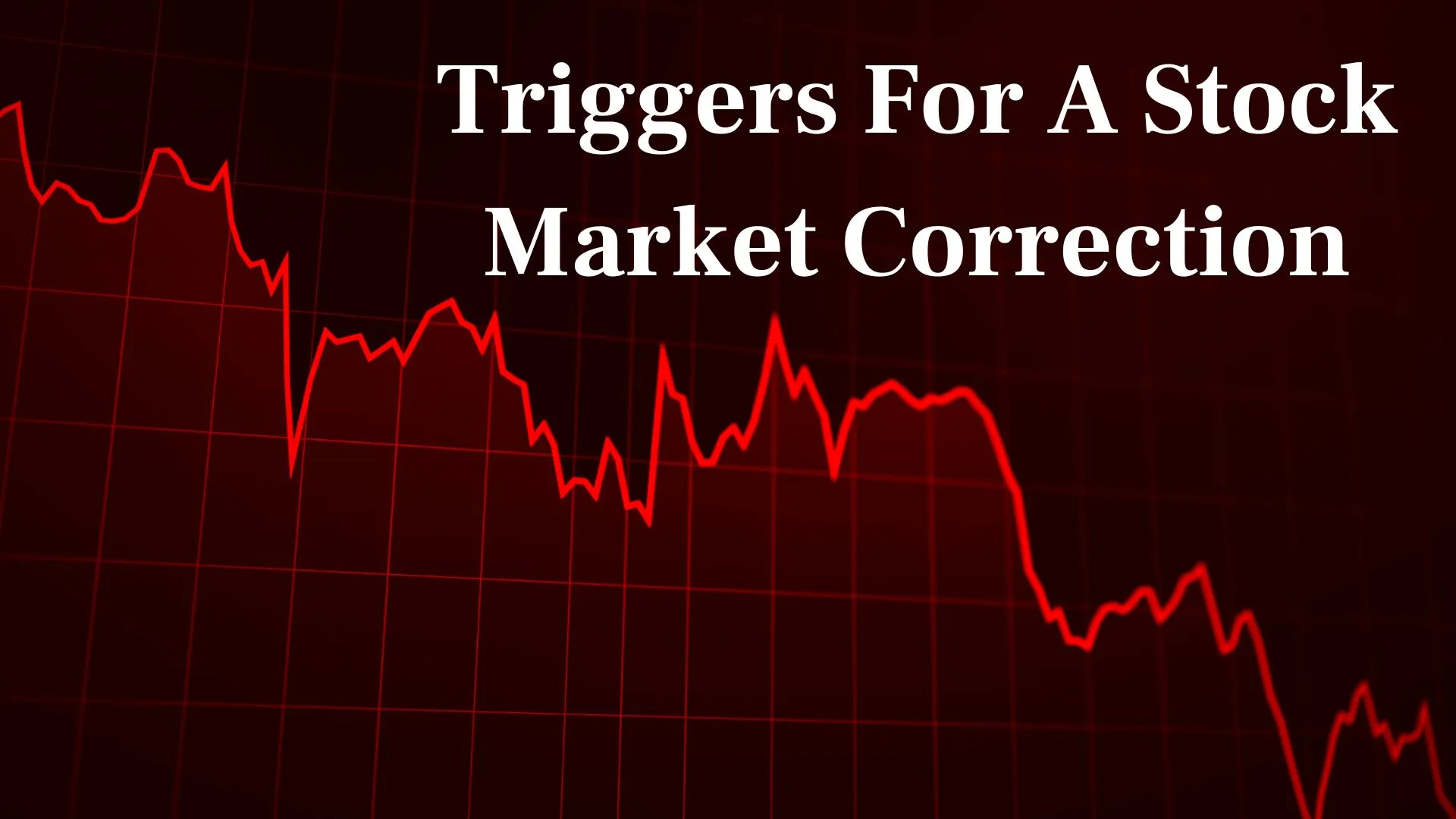Sensex Crash and Nifty Crash: Understanding India's Market Crash Today

Unpacking the Reasons Behind the Sensex and Nifty Crash
The Indian stock market suffered a considerable setback on October 3, with the Sensex and Nifty 50 slipping by over 2%. Several factors intertwine to explain this sudden crash:
- Geopolitical Tensions: Escalating conflicts in the Middle East have rattled investor confidence. With Iran launching ballistic missiles at Israel, fears escalate regarding potential regional instability. Market reactions have led to Brent crude climbing towards $75 a barrel, raising concerns over supply disruptions.
- Regulatory Overview: The Securities and Exchange Board of India (SEBI) introduced measures aimed at curbing speculative trading in derivatives. This decision, made on October 1, is expected to limit trading volumes significantly, prompting worries over market liquidity.
- Shifting Funds Abroad: Simultaneously, investors pivot away from India towards China, following a resurgence in the Chinese market facilitated by government stimulus. This trend marks a shift in fund flows that impacts India negatively.
The fallout from these developments has been profound, with over ₹10 lakh crore wiped from investor wealth in just one day. The Nifty marked its steepest drop in two months as 47 out of 50 stocks trended downward. Investor anxiety is palpable, highlighted by a surge in volatility index by 15%.
Market Outlook
Experts predict potential recovery methods might stem from advancements in oil supply as well as interventions in the Indian market aimed at restoring investor confidence. However, continued geopolitical issues pose risks requiring monitoring.
This article was prepared using information from open sources in accordance with the principles of Ethical Policy. The editorial team is not responsible for absolute accuracy, as it relies on data from the sources referenced.